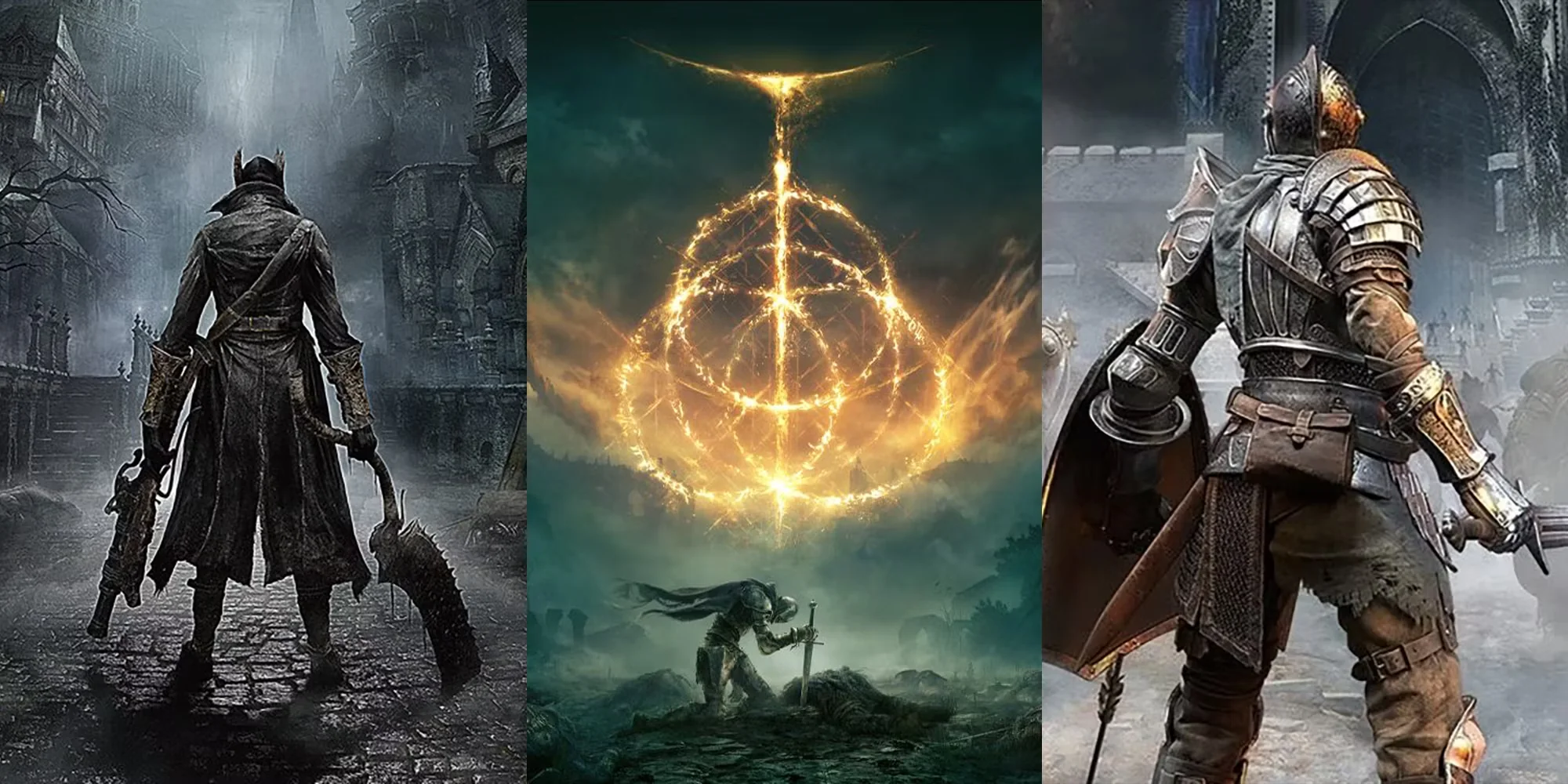Bloodborne, developed by FromSoftware and directed by Hidetaka Miyazaki, is a critically acclaimed action RPG that immerses players in a hauntingly beautiful world steeped in gothic horror. Released in March 2015, the game has garnered a passionate fan base and is often regarded as one of the greatest video games of all time. This article explores the intricate mechanics, rich narrative, atmospheric design, and enduring impact of Bloodborne on the gaming landscape.
Overview of Bloodborne
Development Background
FromSoftware is known for its challenging and immersive gameplay experiences, having previously gained acclaim with the Dark Souls series. Bloodborne marks a shift in focus, emphasizing faster-paced combat and a more intricate narrative.
Key Development Aspects
- New Gameplay Mechanics: The game introduces a unique combat system that prioritizes aggression, encouraging players to engage enemies rather than retreat.
- Gothic Aesthetic: Drawing inspiration from Lovecraftian horror and classic gothic literature, the game’s art design creates a haunting atmosphere that captivates players.
Setting: Yharnam
Set in the fictional city of Yharnam, Bloodborne unfolds in a world ravaged by a mysterious plague. The city is filled with grotesque creatures, abandoned buildings, and dark secrets, creating an oppressive environment that enhances the overall experience.
The Story: A Tale of Madness and Transformation
The Protagonist: The Hunter
Players take on the role of a customizable Hunter, who arrives in Yharnam seeking a cure for a mysterious ailment. As the story progresses, the Hunter becomes embroiled in a web of horrors and conspiracies.
Narrative Themes
- Madness and Insanity: The plague that ravages Yharnam is intertwined with themes of madness. As players explore, they uncover the tragic fates of those who succumb to their insanity.
- The Nature of the Beast: The game delves into the duality of humanity and monstrosity, as players confront horrific beasts that were once human, forcing them to grapple with the nature of their existence.
Key Characters
- Gehrman, the First Hunter: A pivotal figure in the game’s narrative, Gehrman serves as both mentor and antagonist, representing the consequences of the Hunter’s choices.
- Lady Maria of the Astral Clocktower: A tragic figure with deep connections to the Hunter’s journey, Lady Maria embodies themes of sacrifice and regret.
Gameplay Mechanics: A Symphony of Challenge
Combat System
Bloodborne is renowned for its fast-paced combat, which emphasizes a risk-reward system. Players are encouraged to engage aggressively with enemies, using a combination of melee weapons and firearms.
Key Features of the Combat System
- Transforming Weapons: Weapons in Bloodborne have dual forms, allowing players to switch between different styles of combat. This mechanic encourages experimentation and adapts to various playstyles.
- Regain System: When players take damage, they can recover lost health by quickly retaliating against enemies. This feature promotes aggressive play and rewards skilled players.
Exploration and Progression
The world of Yharnam is intricately designed, with interconnected areas that encourage exploration and discovery.
World Design
- Interconnected Levels: The game features a meticulously crafted world where different areas are interconnected. Players often find shortcuts that reveal hidden secrets and lore.
- Chalice Dungeons: These procedurally generated dungeons offer players additional challenges and rewards, extending the game’s replayability and providing a deeper understanding of the lore.
Character Development
Bloodborne offers a deep character progression system that allows players to tailor their Hunter to their preferred playstyle.
Skill Trees and Upgrades
- Blood Echoes: The primary currency in Bloodborne, Blood Echoes are earned by defeating enemies and bosses. Players can use them to level up and improve their attributes.
- Gems and Runes: Players can equip various runes and gems that enhance their abilities, further allowing for customization and specialization.
Visual and Audio Design: An Immersive Experience
Artistic Direction
Bloodborne features stunning visuals that transport players to a world filled with gothic architecture, eerie landscapes, and grotesque creatures.
Visual Elements
- Gothic Architecture: The design of Yharnam is heavily influenced by Victorian-era aesthetics, with intricate buildings and hauntingly beautiful environments.
- Creature Design: FromSoftware excels at creating terrifying creatures that inhabit Yharnam. Each enemy is distinct and designed to evoke fear and dread.
Sound Design
The audio experience in Bloodborne contributes significantly to its atmosphere, enhancing immersion and emotional impact.
Music and Sound Effects
- Dynamic Soundtrack: The game’s soundtrack dynamically shifts based on player actions, heightening tension during battles and exploration.
- Environmental Sounds: The sound design captures the ambiance of Yharnam, from distant howls to the unsettling noises of lurking beasts, creating a palpable sense of dread.
The Impact of Bloodborne
Critical Reception and Awards
Upon release, Bloodborne was met with overwhelming acclaim, praised for its gameplay, narrative depth, and atmospheric design.
Recognition
- Game of the Year: Bloodborne received numerous accolades, including Game of the Year awards, establishing it as a landmark title in the action RPG genre.
- Influence on Future Games: The game has influenced the design of subsequent titles, inspiring developers to explore similar mechanics and themes.
Community and Cultural Impact
The game has fostered a passionate community of players who share strategies, fan theories, and creative works.
The Rise of Lore Discussions
- Lore Exploration: The intricate lore of Bloodborne has led to extensive discussions within the community. Players delve into the game’s backstory, uncovering hidden meanings and connections.
- Fan Art and Cosplay: The captivating design and characters have inspired a wealth of fan art and cosplay, showcasing the community’s creativity and dedication to the game.
Tips for Mastering Bloodborne
Combat Strategies
- Learn Enemy Patterns: Observing enemy attack patterns is crucial for mastering combat. Take your time to study and learn how to counter effectively.
- Experiment with Weapons: Try different weapons to find one that suits your playstyle. The transforming weapons add depth and variety to combat encounters.
Exploration Tips
- Thorough Exploration: The world of Yharnam is filled with hidden secrets and shortcuts. Explore every corner to uncover valuable items and lore.
- Use the Lanterns: Lanterns serve as checkpoints, allowing players to return to previously explored areas. Utilize them to navigate the sprawling world effectively.
Preparing for Boss Fights
- Study Boss Mechanics: Before facing a boss, observe its attack patterns and find the right strategy to counter its moves.
- Upgrade Your Weapons: Ensure your weapons are upgraded to deal maximum damage, increasing your chances of success in tough encounters.
Conclusion: Bloodborne as a Gaming Masterpiece
Bloodborne stands as a monumental achievement in the gaming industry, blending challenging gameplay, a hauntingly beautiful world, and a deeply engaging narrative. Through its innovative mechanics and rich lore, the game has captured the hearts of players and established itself as a benchmark for action RPGs.
The themes of madness, humanity, and the grotesque weave together to create a narrative that resonates on multiple levels, prompting players to reflect on their choices and the nature of existence. With its compelling world, memorable characters, and enduring impact, Bloodborne has solidified its place as a timeless classic that will continue to inspire and challenge gamers for years to come.


